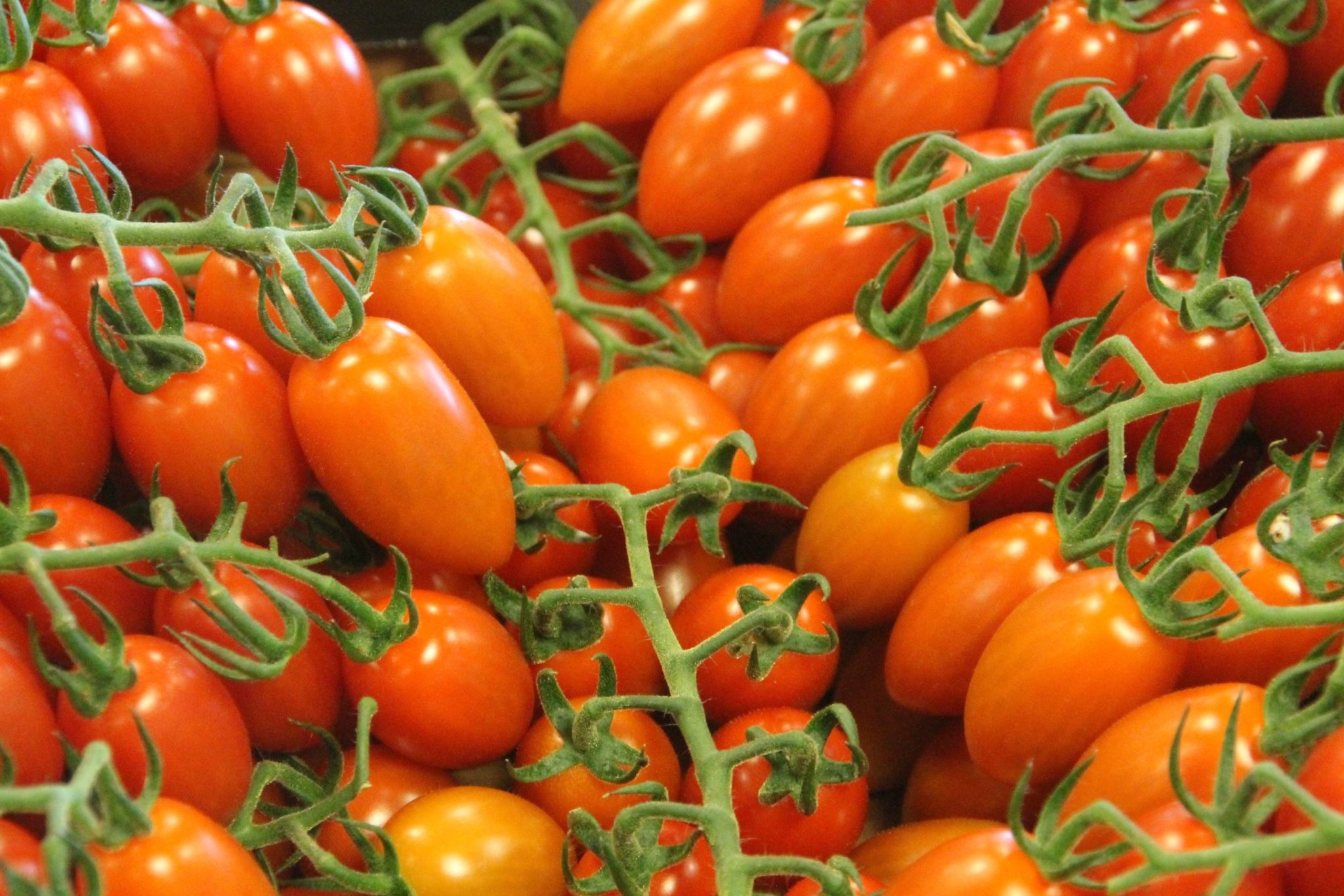Know how to grow tomatoes in a mini greenhouse by planting and maintenance, and you’ll get your fresh supply of this delicious and healthy fruit-vegetable each year. Regardless of your available space, the mini greenhouse will ensure that your crops will thrive well. Venturing in tomato cultivation will also be easier for newbie gardeners using a mini greenhouse.
Another great thing about tomatoes in the greenhouse is that you can sow in fall and spring for a two-crop rotation each year. With proper planning of when to grow plants and care for them in the mini greenhouse, you can reap many benefits with minimal effort. However, tomatoes are not for the lazy farmers, so read down below the tips for a productive mini greenhouse.

How To Grow Tomatoes In A Mini Greenhouse For Success
What tomato varieties to get for a mini greenhouse?
Before you start planting, it’s essential to educate yourself about the tomato varieties suitable for a mini greenhouse. This will guarantee success because the conditions in the greenhouse will support their growth and productivity. But since tomatoes thrive well in the sun, the excellent heat inside the greenhouse already puts you at an advantage.
According to the University of Massachusetts Amherst, greenhouse farmers should never use field tomato varieties because they will fail to yield well due to their adaptability. You would want to use Dutch hybrid indeterminate varieties because they are explicitly bred for greenhouse production. Greenhouse producers recommend Ailsa Craig, Black opal, Capprica, Ferline, and Sungold for the mini greenhouse.
How to plant tomatoes in a mini greenhouse?
Two-crop vs one-crop
When planting tomatoes in the mini greenhouse, select if you want to do two crops per year or one crop per year. States like Mississippi can have a two-crop system wherein you can plant in spring and fall. With a one-crop system, this is usually in spring because most areas experience hot summers.
Soil culture vs hydroponics and vines vs bushes
Another thing to decide is if you want to grow tomatoes in the mini greenhouse using soil culture or hydroponics. The former uses a plot of soil, while in the latter, you’ll develop the roots in an artificial soil mix. Once you’ve chosen your production system, it’s best to grow tomatoes as vines for the mini greenhouse because growing bushes require more extensive space.
Once you’ve decided on your cropping and production system, you can plant the seeds on a seed tray. Choose an area in the greenhouse that is not hit by direct sunlight, but is still warm. Keep the compost moist but never overwater it to prevent diseases.
Once seedlings emerge, move the tray in a bright area and wait for 60 days before potting them. It is an excellent way to know if you can plant the tomatoes outside or if they’re ready for potting in the greenhouse if they are at least 6 to 8 inches tall. Lastly, to ensure that your plants thrive well in the mini greenhouse, maintain ideal temperatures at 70 to 80°F in the day and 60 to 65°F at night.
How to care for tomatoes in a mini greenhouse?
Watering
Tomatoes need a lot of water, but overwatering can cause problems as well. Another common mistake of gardeners is that they don’t water the roots, but instead, water from above can cause diseases and pests. The frequency of watering, in general, depends if the soil is dry.
Feeding
The best way to know the fertilizer for your tomatoes is to test the soil. After you know the nutrients needed, you can fertilize when the fruit is close to its final size, and after picking. Afterward, feed to prevent burning.
Ventilation and humidity
Besides the temperature, it’s vital to maintain the mini greenhouse’s humidity between 60 and 70 percent. This way, you can reduce the risks of diseases and also improve the pollination. Always check the ventilation and adjust according to the external temperature.
Weeds and pests
Mulching and fumigation can control weed in the mini greenhouse. Remember that there are no herbicides meant for greenhouse use. For pests in the mini greenhouse, proper sanitation and surveillance can prevent bugs.
What are the companion plants for tomatoes in a mini greenhouse?
You can make the most of your mini greenhouse by planting tomatoes with companion plants. Companion planting is an excellent and reliable way to save space and have plants that benefit from each other. With proper planning, you can plant other crops with tomatoes and prevent pests from occurring.
For example, herbs like fennel and dill deter pests but also attract beneficial insects like ladybugs. Other plants like mint even help improve the health and flavor of tomatoes. If you want an aesthetically pleasing mini greenhouse, marigolds also make great neighbors with tomatoes.
Conclusion
If you want a fresh supply of healthy and delicious tomatoes, consider cultivating them in a mini greenhouse. It’s not overwhelming to learn how to grow tomatoes in a mini greenhouse because it can be divided into planting and maintenance. Many university extensions also offer manuals to guide gardeners in tomato production.
Why a mini greenhouse? Because of its size, you can easily maintain and monitor the internal conditions to support the growth of crops. Additionally, it’s best for those starting and don’t want to get overwhelmed with tomato farming.
